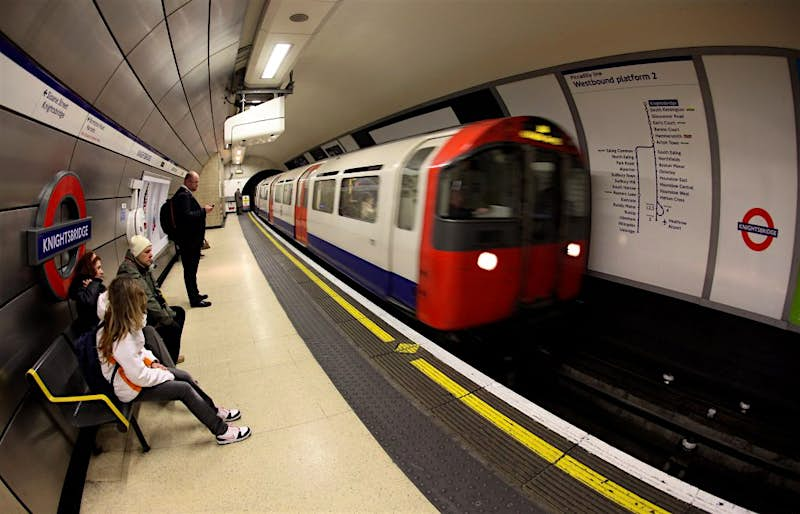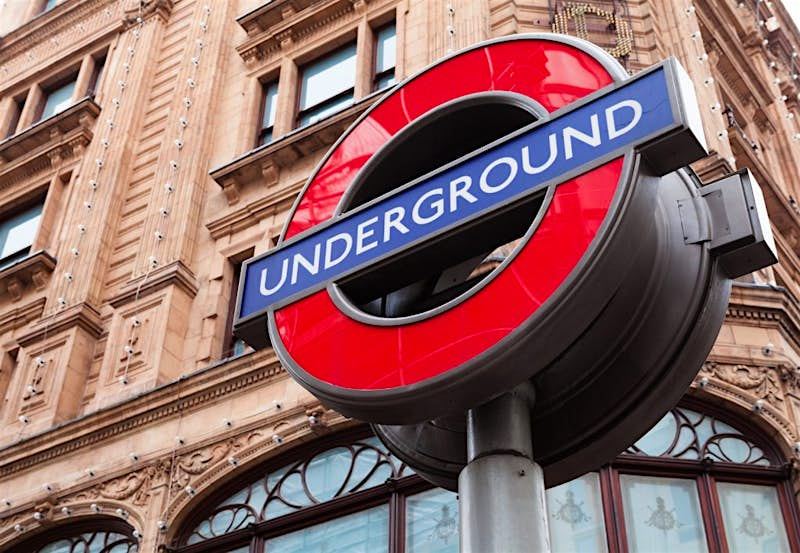Heat from the London Underground will be used to heat 1350 homes
In what sounds like an amazing use of energy, heat from the London Underground will soon be used in 1350 homes in London.
Waste heat from one of the tube lines will be channelled from the Northern Line to support the London Borough of Islington’s district heating. This will provide local homes with heat by the end of the year, as well as offices and leisure centres. Islington Council is hoping that the system will make the area more self-sufficient in energy, reduce carbon emissions and lower heating bills for residents. Another advantage for travellers who find the heat stifling on certain Underground lines is that the new initiative should lead to cooler tunnels.

The central source of the heat network, named Bunhill 2, is a ventilator shaft used to expel waste heat in the abandoned City Road tube station. A heat pump designed by engineering firm, Ramboll, will capture excess heat from the shaft, which will be warmed to approximately 70 degrees Celsius and transferred into Islington’s heat network to supply heat and hot water to local buildings. The system is designed to be reversed in warmer months so that it can pipe colder air into the tube tunnels to keep passengers cool.

The project is part of a scheme to provide cheaper and greener heat to buildings in the area, many of which are existing council housing and leisure centres built between the 1930s and 1980s. It’s the second phase of Islington Council’s Bunhill Heat and Power scheme, and is being run by the council in conjunction with Ramboll and Transport for London. “We believe that the use of large-scale heat in this way connected to urban district heating systems will play a major part in decarbonising the UK’s heating energy demand,” says Lucy Padfield, director of district heating at Ramboll.

It is anticipated that Bunhill 2 district heating system will commence operations in late 2019.






